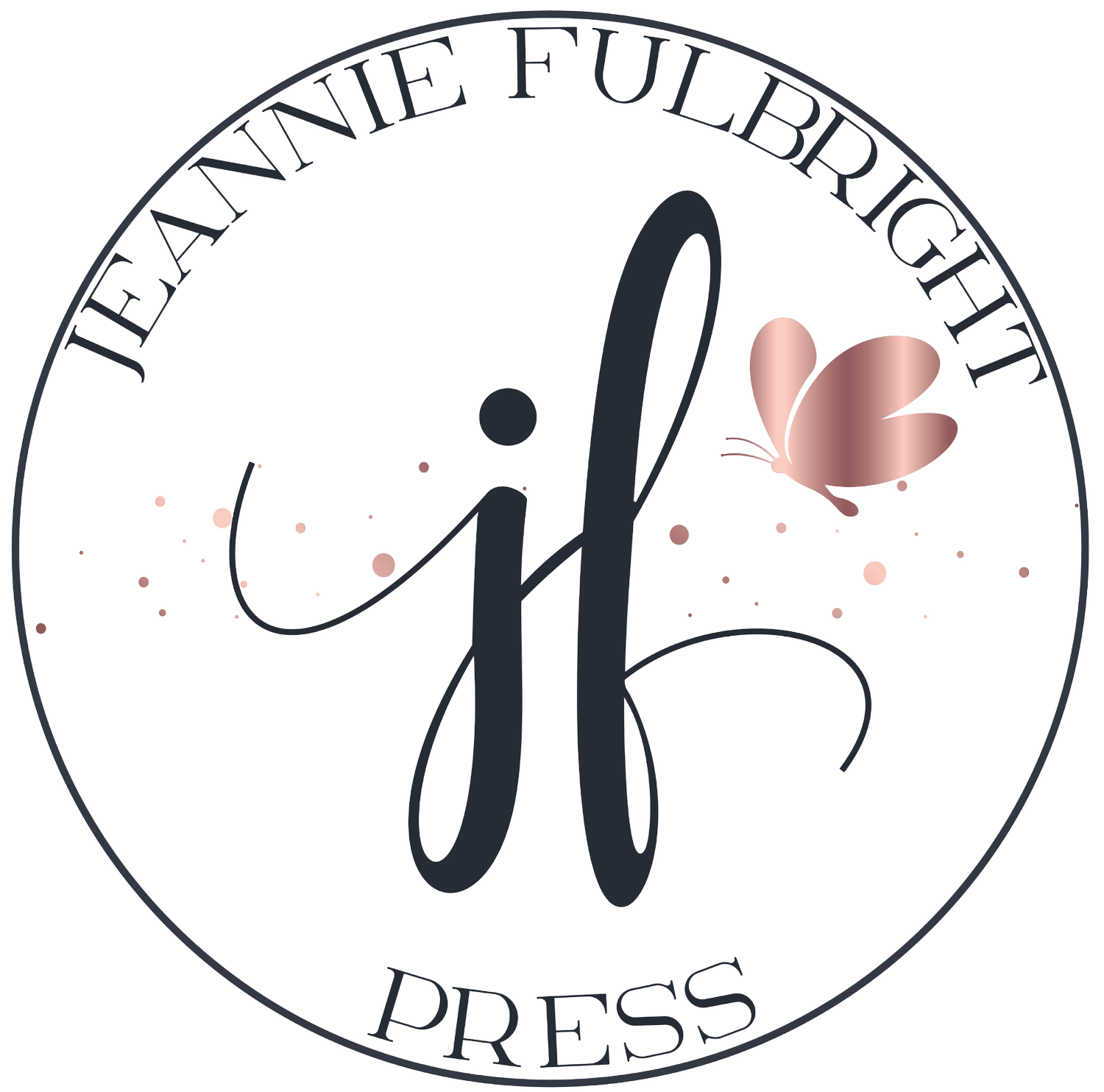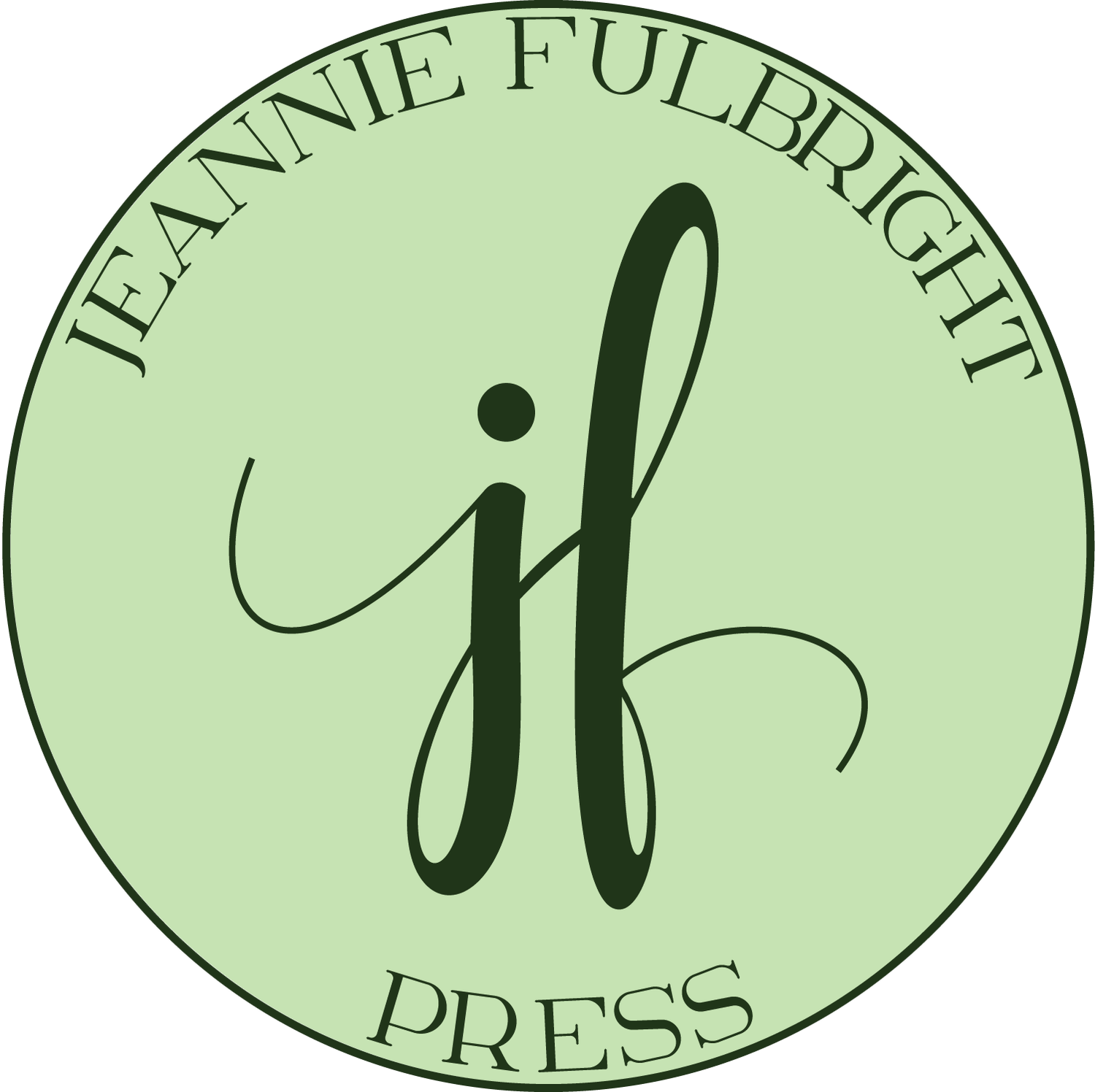Living Books and How to Identify Them
Living books breathe life into learning. They engage the reader and offer up a bounty of original thoughts and ideas.
Ideas. They're the key to living books.
New, original, unique ideas are what mark a living book, bringing it to life.
These ideas are like seeds planted. They germinate in our children’s thoughts and take on a life of their own. These ideas grow richer as they blossom, inspiring new ideas in our children’s mind that are all their own.
Charlotte Mason tells us,
“The ideas required for the sustenance of children are to be found mainly in books of literary quality; given these the mind does for itself the sorting, arranging, selecting, rejecting, classifying . . .”
But how do we identify a living book?
It’s not as hard as you might think.
Most fiction books, especially classics, are considered living books. And well written fiction books—filled with original thoughts, ideas, characters and plots from the author’s imagination—are most definitely living books.
VOICE
The best fiction books have an element to them which those in the writing community call ‘voice.’
This is what you should be looking for when choosing nonfiction living books for learning.
Voice is twaddle’s missing element.
But what exactly is voice? How can we know if a book has a unique author voice? And why is this so important?
Simply put, voice is personality.
Voice is the manner in which authors convey their own personality into their writing.
We can “hear” an author’s voice in the words they write as they convey their original thoughts and ideas. A living book feels as if the author is speaking to you. That you are following along with their thoughts as you read.
This is the key to a living book—living ideas eloquently imparted from one person to another.
As Charlotte Mason says,
“This is, perhaps, how the educational formula should run: Education is a life; that life is sustained on ideas; ideas are of spiritual origin; and 'God has made us so' that we get them chiefly as we convey them to one another.”
SPIRIT
A living book is living because there is a living spirit—a human spirit conveying ideas to our spirit.
Spirit to spirit.
"They [are] spiritual emanations from spiritual beings; thus, one man conveys to another the idea which is a very part of himself.” Charlotte Mason
And of course, Ms. Mason believed that all ideas, apart from those which are evil, have their origin in the Holy Spirit. She tells us,
“God, the Holy Spirit, is Himself the supreme Educator of mankind."
CONVERSATION
A living book is essentially a living conversation between an author and a reader. Imagine the words in the book you are reading to be an actual person.
Is that person speaking to you, sharing their thoughts and ideas in an interesting way, engaging you in conversation? Or are they speaking at you, simply conveying facts and information?
Think of a time you asked a knowledgeable person a question. If in answering, that person had begun a robotic monologue, rattling off a long series of facts, data and statistics, what would you think? Your eyes would surely glaze over. You may wish you had never asked. And you’d probably be looking for a way to politely extricate yourself from a topic about which you no longer have any interest.
That is what a nonliving book is like. Mere information. No matter how eloquently put, it's facts conveyed without personality.
In a real conversation there are two personalities and an exchange of thought, information and ideas. Two living spirits are thinking, sharing, questioning and answering. At times this sharing of thought and question culminates in some perhaps unthought-of-before idea. Ideas blossoming into new ideas.
That is what a living book will be for you. An engaging and ongoing conversation with the author.
Let’s take a look at a passage from twaddle versus the same information gleaned from a living book to help us better understand the difference.
Here is a passage about King Philip of Macedonia’s conflict with Demosthene, something everyone knows and cares about.
I’m kidding, of course.
This is from a dictionary; thus, it can be nothing but dull, dry facts. Mere twaddle:
Throughout Philip's rise to power and his victories throughout Greece, a constant thorn in his side was Demosthenes, the great Athenian orator, who constantly railed against Philip in a series of speeches called The Philippics. His fiery speeches - he would later call Alexander a brat - eventually culminated in the Battle of Chaeronea in 338 BCE, a battle that demonstrated both the power and authority of Macedonia.
Now, let’s look at Hillyer’s living description of this conflict:
Demosthenes, when he was a boy, had decided that he would some day be
a great speaker or orator, just as you might say you are going to be a
doctor, or an aviator, or a lawyer when you grow up.
But Demosthenes had picked the one profession which by nature he was
worst fitted for. In the first place, he had such a very soft, weak
voice that one could hardly hear him. Besides this, he st-st-stammered
very b-b-badly and could not re-cite even a sh-sh-short p-p-poem
without hesit-t-tating and st-st-stumbling so that people laughed at
him. It seemed absurd, therefore, that he should aim to be a great
speaker.
But Demosthenes practised and _practised_ and _practised_ by himself.
He went down on the sea-shore and put pebbles in his mouth to make it
more difficult to speak clearly. Then he spoke to the roaring waves,
making believe that he was addressing an angry crowd, who were trying
to drown the sound of his voice, so that he would have to speak very
loud indeed.
So at last, by keeping constantly at it, Demosthenes did become the
greatest speaker that ever lived. He spoke so wonderfully that he could
make his audience laugh or make them cry whenever he wanted to, and he
could persuade them to do almost anything he wished.
Now, Demosthenes was the man who saw through Philip’s scheme for
conquering Persia. He knew that Philip’s real aim was to become king
of Greece. So he made twelve speeches against him. These speeches were
known as Philippics, as they were against Philip. So famous were they
that even to-day we call a speech that bitterly attacks any one a
Philippic.
The Greeks who heard Demosthenes were red-hot against Philip while
they listened to him. But as soon as they got away from the sound of
Demosthenes’s words the same Greeks became lukewarm and did nothing to
stop Philip.
So at last, in spite of everything that Demosthenes had said, Philip
had his way and became king over all Greece.
ALIVE
Not every living book is going to be quite as engaging as Hillyer, but I hope with these two examples, you get the idea of what a living book is.
Living books reveal the personality of the author. They feel like a conversation. Living books keep a child’s interest in the topic alive, feeding it and helping it grow.
And when the child begins to truly care about the subject at hand, you know you’ve offered him a living book.
You know you are building a love for learning.
“The question is not,—how much does the youth know? when he has finished his education—but how much does he care? and about how many orders of things does he care? In fact, how large is the room in which he finds his feet set? and, therefore, how full is the life he has before him?” Charlotte Mason
So when you are perusing books, read a page or two and ask yourself: Is the author’s voice evident in this narrative? Is there a personality behind the words I’m reading? Is the author telling me their own personal thoughts, ideas, feelings, curiosities, excitement and interest in the subject? Can I sense how the author feels about the topic through their words?
If not, it’s probably not a living book. It is likely information.
And no matter how eloquently put, information is not education.
For more Charlotte Mason insight read here.

